How much is the taste and flavor of Papua New Guinea Camel coffee beans? how much is it per cup?
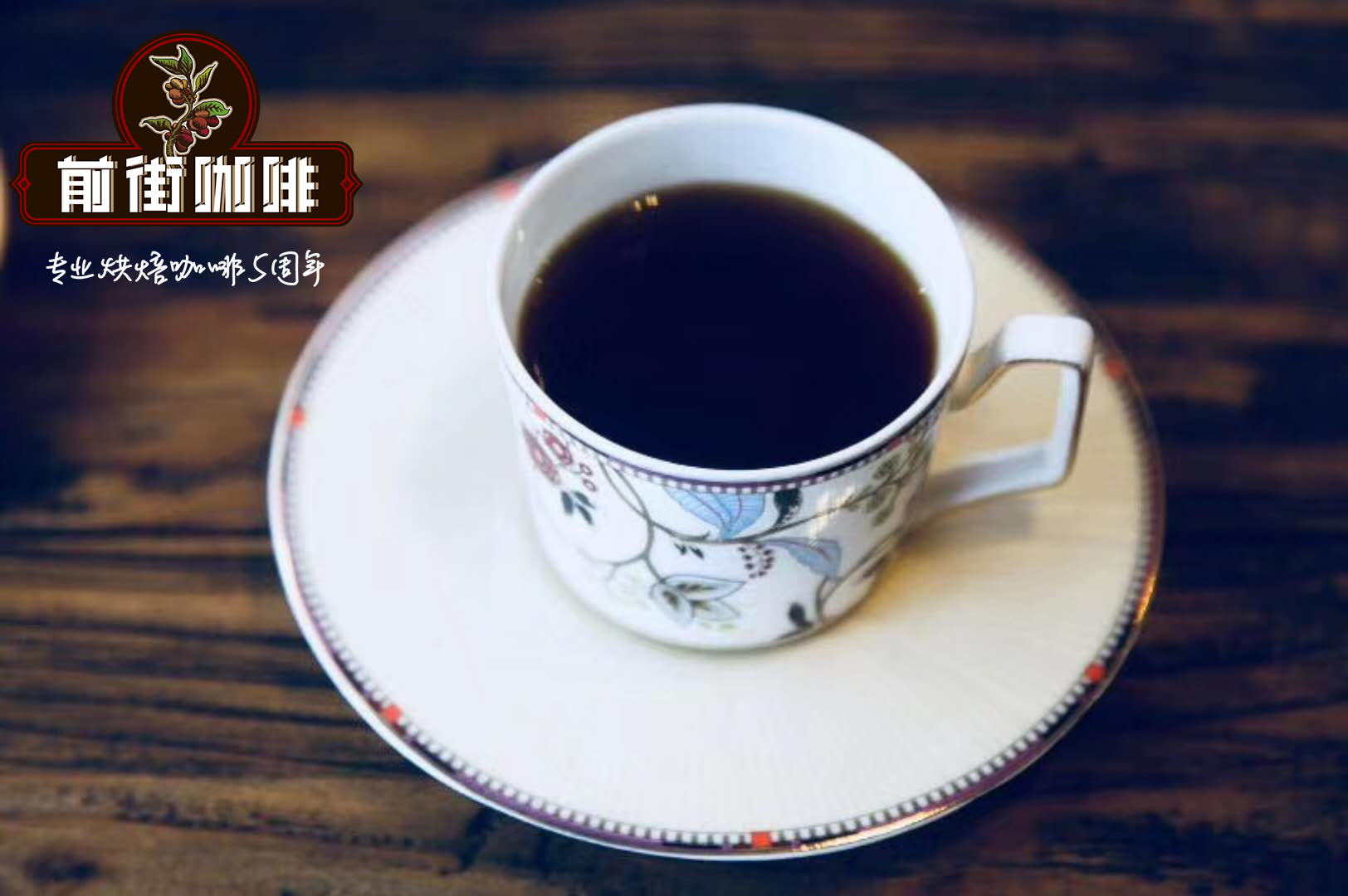
Professional coffee knowledge exchange more coffee bean information please follow the coffee workshop (Wechat official account cafe_style)
Papua New Guniea
Chateau Camel Farm in Papua New Guinea
This is a low-key island country. Papua New Guinea, located in the east of New Guinea Island, is the third largest island country in the world. Coffee is an important crop on the island, and small-scale coffee farms in alpine areas. Camel Farm in Papua New Guinea has a natural environment similar to that of the Jamaican Blue Mountains.
Papua New Guinea accounts for 1 per cent of the world's coffee production. Coffee is Papua New Guinea's second largest agricultural export, followed by palm oil, where 2.5 million people are engaged in the industry. The eastern highlands, the western highlands and Chinbu province are coffee-growing areas of Papua New Guinea. Most coffee trees come from small farmers, with about 20 trees planted in each community.
Kimel Plantation Camel Farm, Papua New Guinea
Kimel Camel Farm in Papua New Guinea was founded in 1974 by an Australian from Bobby Gibbs and currently belongs to the traditional landowner. The farm is located in the Waghi Valley in the western highlands, with an elevation of 5200 feet, mainly sandy soil, a temperature range of 6-29 degrees Celsius, an annual rainfall of 260-270mm, covers an area of 620 hectares and is managed by experienced foreign employees. Providing educational and medical facilities, the farm is named after the nearby Kimel River.
Due to quality control and effective management, Camel Farm (Kimel Estate) Coffee in Papua New Guinea has become one of the best-known coffee in Papua New Guinea.
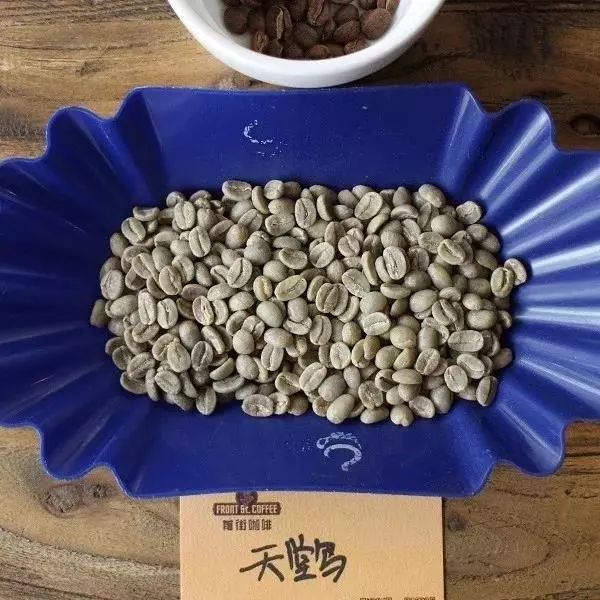
Coffee grades in Papua New Guinea: a total of 12 grades, classified by defects
The meaning and rules of the name of raw coffee beans in Papua New Guinea:
PNG Plantation Y
Country + planting type + grading name
In Papua New Guinea
Plantation (plantation) and Large Estates (large manor) account for 25% of the national output.
Small and medium-sized farms (Holdings or Blocks) with a size of 10-20 hectares account for 10% of the output.
In PNG, there are 76 registered plantations and estates.
Take the most eye-catching boutique AA and An as an example:
The main results are as follows: (1) AA and Grade A coffee belong to the grade of boutique coffee, mainly from larger estates.
In the case of AA, the size of the bean is larger than 18 mesh, and the shape of the bean is oval. Number of shortcomings: a maximum of 10 defects per kilogram. The appearance of raw beans is green and slightly blue. The taste of raw beans should be clean and the taste of baking should be clean and smooth.
(2) the size of Class An is larger than that of 17 mesh, and the cup test must be at least GTF (Good to Fine), that is, good to excellent taste-the number of other defects and the condition of raw beans are the same as AA.
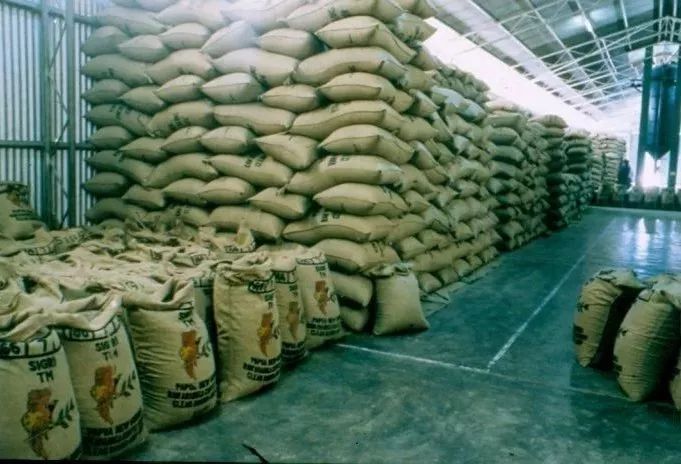
The Papuan New few beans of Qianjie Coffee come from PNG AA Sigri Manor and are packed in 60KG inner bag. because of its Jamaican Blue Mountain Iron pickup pedigree, it has a taste similar to Blue Mountain Coffee, with excellent balance, elegant and comfortable acidity and a long and pleasant return. It is a boutique coffee with great characteristics of the producing area.
Suggestion on coffee baking in Qianjie
Iron card is a kind of low-density raw beans, so it is not suitable for deep baking, with refreshing sour taste and fruit aroma. Qianjie coffee will choose moderate baking, focusing on the firepower adjustment after the first burst, first determine the condition basis of raw beans, and then determine the baking method, first of all, it is a washing processing method, low density, 10% water content of 17-year-old beans, according to the existing raw bean status to set the input temperature.
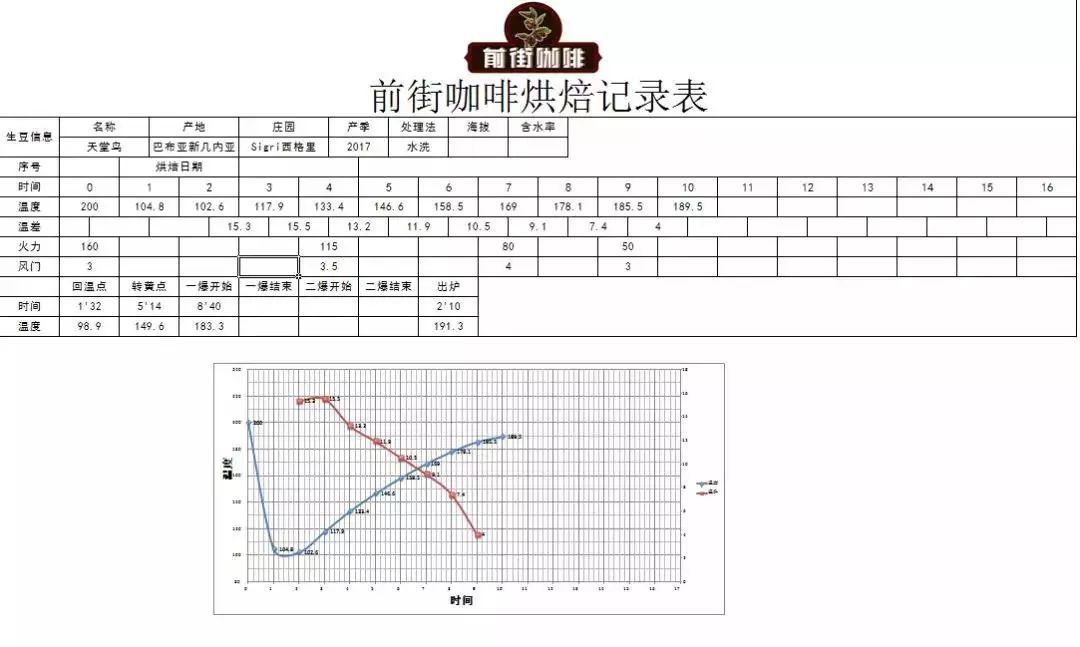
Yangjia 800N, raw bean 550g, specific operation:
Put the furnace temperature to 200 degrees Celsius, set the throttle to stew for 1 minute, adjust the firepower to 160 degrees, keep the throttle unchanged, adjust the firepower to 160 degrees, drop to 115 degrees, bake to 5: 35 ", the temperature is 152 degrees, the bean table turns yellow, the smell of grass disappears completely, dehydration is completed, throttle tune 4.
In the 9th minute, ugly Hu wrinkles and black markings appear on the bean table, and the smell of toast obviously changes to the smell of coffee, which can be defined as a prelude to an explosion. at this time, listen clearly to the sound of an explosion point, to 8: 40 "start an explosion, small firepower remains the same, the throttle is fully open 5 (the firepower should be very careful, not so small as to be free of cracking sound) 40 degrees, 191.3 degrees when the pot.
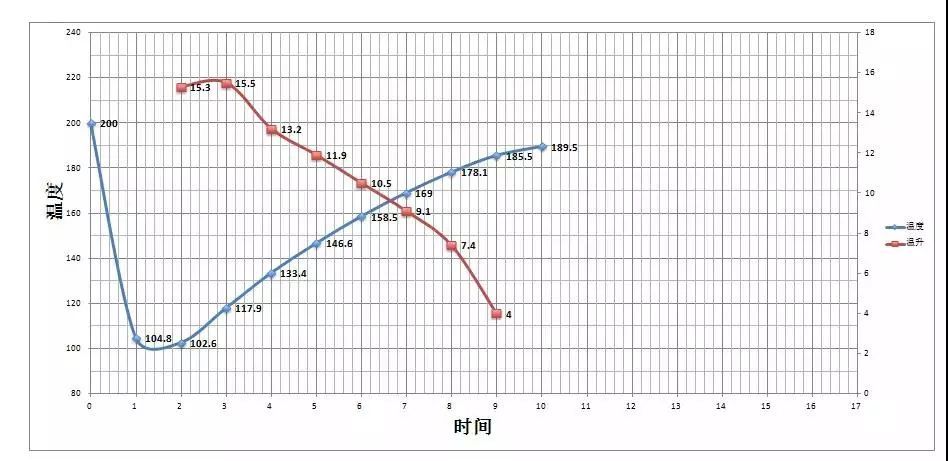
The taste of cup test
Baking degree: medium baking
Dry aroma: nutty, woody, spicy
Wet incense: sugarcane sweet (cane), hazelnut (hazelnut), toast-like
Palate: the sweetness of toast, the sweetness of nuts, the acidity and sweetness of some micro-fruit acids form a good layer, the finish of the spices is very sweet and special, the taste is rich and balanced, with sweet taste and bright acidity, with fruit-like aromas.
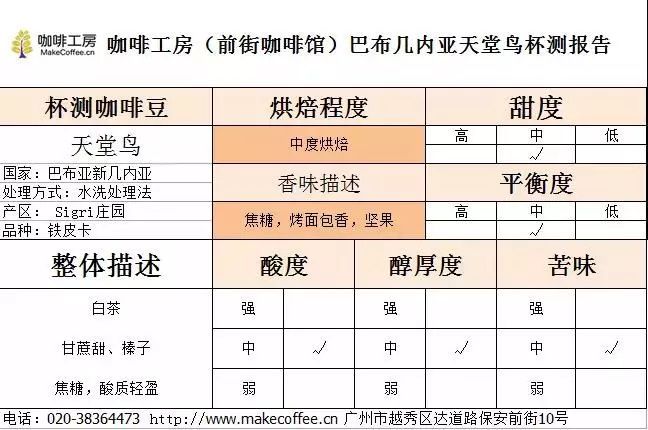
Suggestion on brewing coffee in Qianjie
Recommended cooking method: hand flushing
Degree of grinding: 4 (Fuji R440)
Water temperature: 89 °C
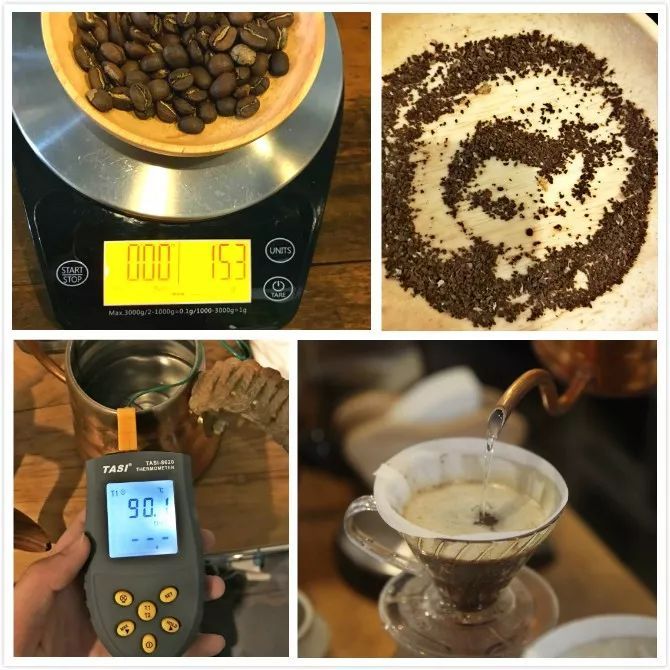
Draw a circle clockwise with the center of the filter cup, and the water flow should not rush to the place where the coffee powder is connected to the filter paper, so as to avoid the channel effect (the channel effect means that the water does not touch the coffee powder and flows directly to the next pot).
Cooking time: generally, the cooking time is between 1 minute and 40 seconds to 2 minutes and 30 seconds. The longer the coffee is extracted, the more it will be extracted, and the stronger the coffee will be when the amount of water injected remains the same, but it also increases the risk that the taste will become significantly bitter.
Other suggestions for trickling extraction:
Normal pressure, recommended grinding degree of 3.5-4 / water temperature 90 °C
Philharmonic pressure, recommended 3 degree of grinding, water temperature 85 °C
Siphon: 4.5 degree of grinding, water temperature 91 °C
Important Notice :
前街咖啡 FrontStreet Coffee has moved to new addredd:
FrontStreet Coffee Address: 315,Donghua East Road,GuangZhou
Tel:020 38364473
- Prev
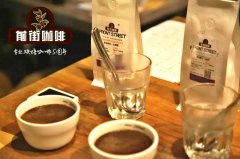
Hawaiian Kona Coffee and Blue Mountain, Rose Sharpie How about Hawaiian Kona Coffee?
Professional coffee knowledge exchange More coffee bean information Please pay attention to coffee workshop (Weixin Official Accounts cafe_style) Kona coffee produced in Hawaii uses coffee beans grown on volcanic terrain. At the same time, there is a high density of artificial cultivation agronomy, so each bean can be said to be spoiled, the price is naturally not cheap, the price is second only to Blue Mountain. Peanut shaped flat in Kona, Hawaii
- Next
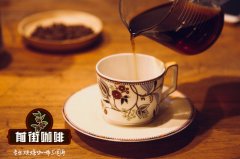
Costa Rican Tarazhu Coffee Malio Farm Coffee Bean quality, Flavor and Taste characteristics
Professional coffee knowledge exchange more coffee bean information please follow the coffee workshop (Wechat official account cafe_style) Costa Rica Tarazu production area | Don Mario Malio Farm Yellow Honey deal with Kaddura flavor? Costa Rica is the most stable, best and conservative coffee in Central America. From the old iron buckets in the World Cup, we can see that coffee production has already existed.
Related
- Detailed explanation of Jadeite planting Land in Panamanian Jadeite Manor introduction to the grading system of Jadeite competitive bidding, Red bid, Green bid and Rose Summer
- Story of Coffee planting in Brenka region of Costa Rica Stonehenge Manor anaerobic heavy honey treatment of flavor mouth
- What's on the barrel of Blue Mountain Coffee beans?
- Can American coffee also pull flowers? How to use hot American style to pull out a good-looking pattern?
- Can you make a cold extract with coffee beans? What is the right proportion for cold-extracted coffee formula?
- Indonesian PWN Gold Mandrine Coffee Origin Features Flavor How to Chong? Mandolin coffee is American.
- A brief introduction to the flavor characteristics of Brazilian yellow bourbon coffee beans
- What is the effect of different water quality on the flavor of cold-extracted coffee? What kind of water is best for brewing coffee?
- Why do you think of Rose Summer whenever you mention Panamanian coffee?
- Introduction to the characteristics of authentic blue mountain coffee bean producing areas? What is the CIB Coffee Authority in Jamaica?

